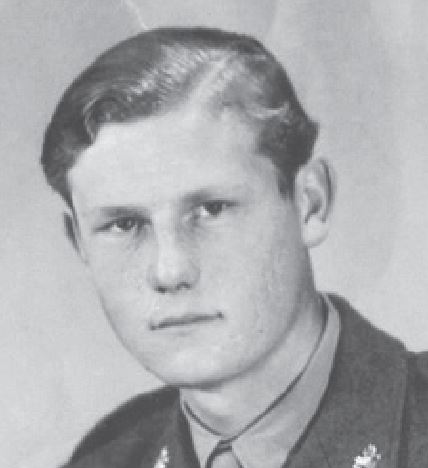Born in 1928 and educated at Stowe, Philip enlisted at Winchester in 1945 just at the end of the war, and after Mons and Bovington and was commissioned in July 1947 into the 8th King’s Royal Irish Hussars.

He spent the rest of his National Service with the Regiment in Lingen in Germany and then in Oadby in Leicester.
On demobilisation in 1948, he set out on a career in farming. He started as a pupil on a farm in Warwickshire for two years, but this was interrupted in 1950 when he was recalled as a Reservist at the outbreak of the Korean War.
Philip could have escaped further military service because he was due to go to the Royal Agricultural College, but instead sailed with the Regiment in 1950, serving with distinction as a troop leader in ‘A’ Squadron led by Pat de Clermont. He did not tolerate pomposity and was a merciless leg puller.
One vignette survives from Korea; on joining the Regiment at that time officers had to sign a blank cheque for their Mess bills in case they were killed in action. One morning Philip greeted troop leaders returning to ‘A’ Squadron’s leaguer after a noisy and obviously pretty violent night battle with: ‘Oh dear! We didn’t think we would ever see you again, so we put all our drinks on your bills last night before we put your cheques in.’
After the Korean War, the officers who had been attached to the 8th Hussars started a dining club known as the Society for the Protection of Attached Officers. Being a cheerful and popular officer Philip was one of the honoured few 8th Hussars who were invited to become permanent members of the SPAO (although other 8th Hussars were invited to dine from time to time). He remained a member until he died.
After demobilisation in 1951, he studied at the Royal Agricultural College, Cirencester, where he met and later married Sarah, the sister of a brother officer – Simon Gilbey. They struggled with a hill farm in Derbyshire for five years and then moved to Gloucestershire, where they lived for the rest of his life.
Philip then embarked on a varied career in engineering, invention and boats. Among other things, Philip invented the machine that painted the bars on greenhouses, the Bagshawe hoist which could lift a recumbent cow, and the Bagshawe gimble for holding a gin and tonic steady on a sailing boat (sailing friends voted this to be one of the great boons to life afloat in the 20th century).
Later on, four boats that Philip and Sarah hired out on the Thames replaced the engineering businesses. He also ran a yacht-charter and sail-training business from Poole Harbour, and somehow found time for voluntary work with his Local Health Trust.
At the age of 47, Philip suffered a massive heart attack that put an end to lifting boats in and out of the water, so he changed direction yet again and started dealing in and restoring old motor bicycles and motorcars.
Sadly, however, the last years of his life were plagued by severe illness that restricted his engineering to the manufacture of small-scale mechanical models.
He died in June 2005 after a long illness.


